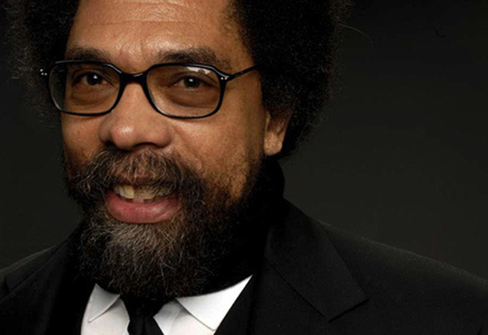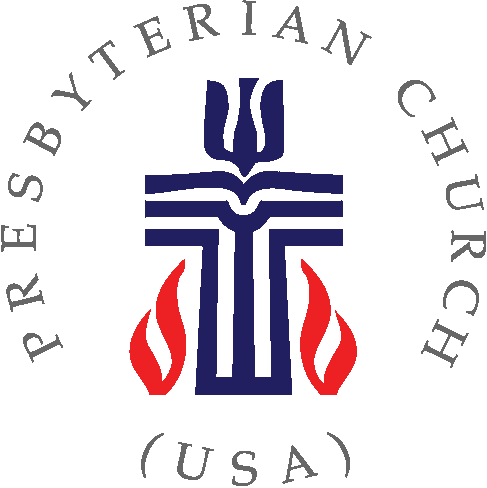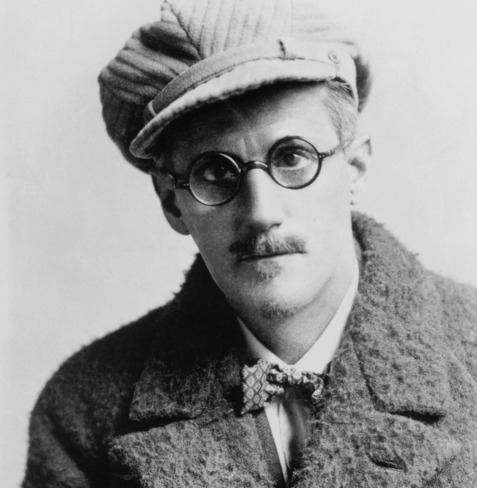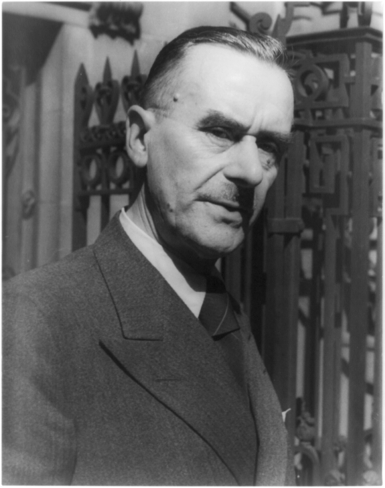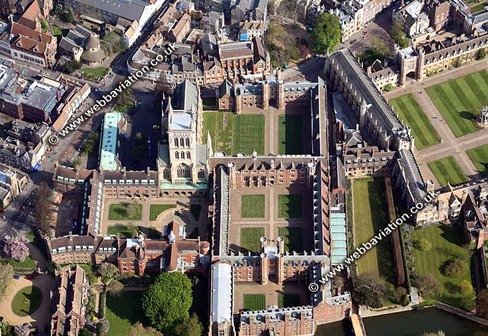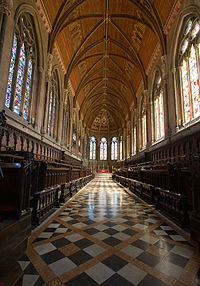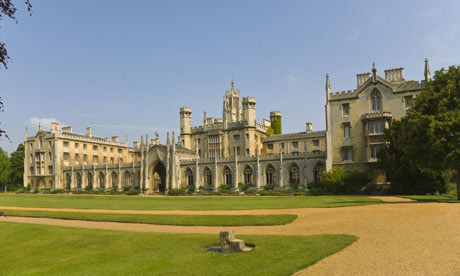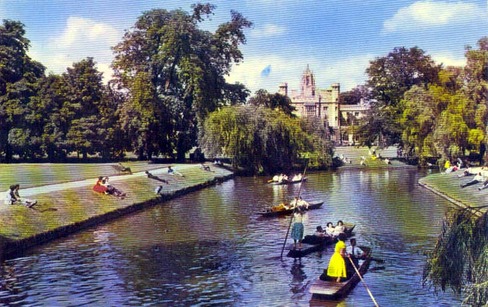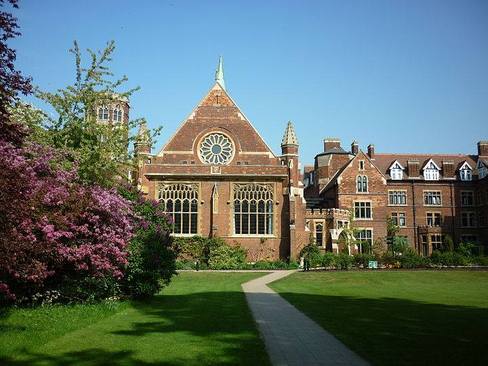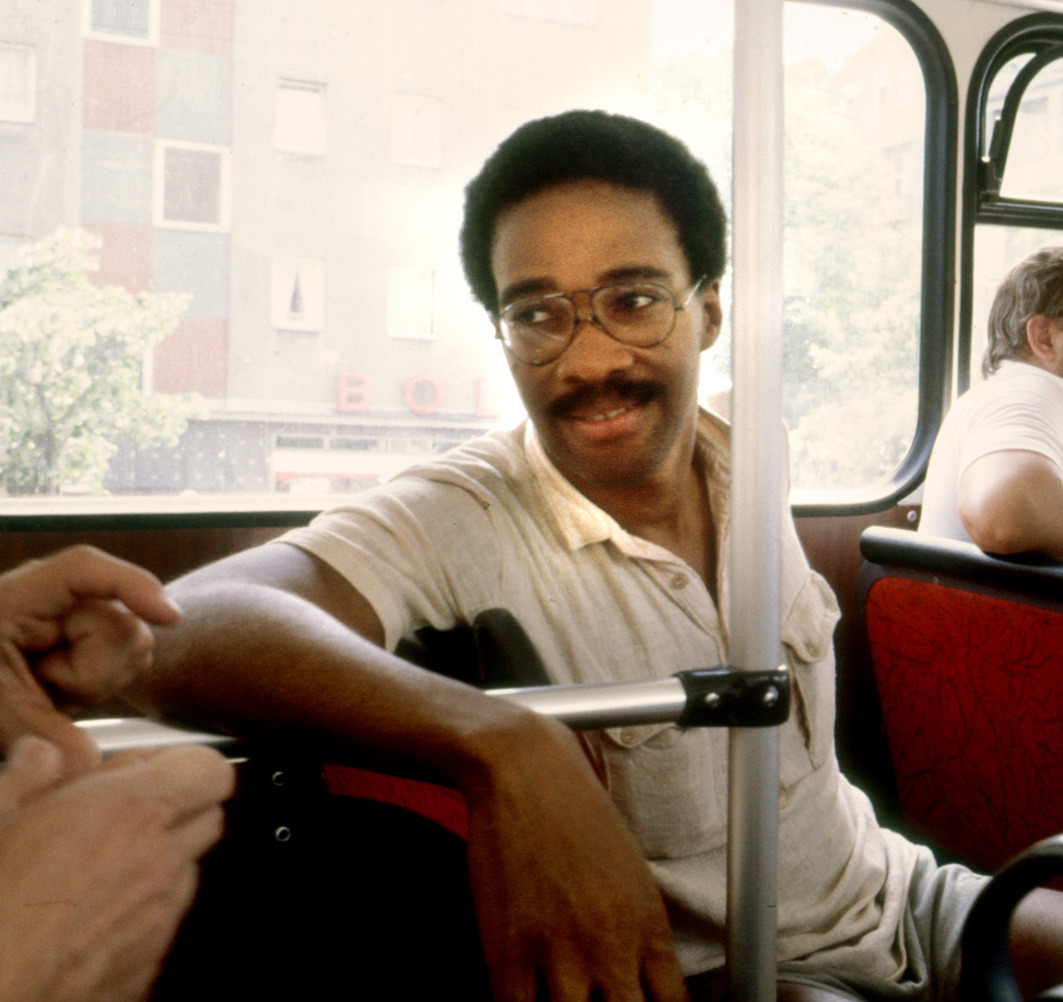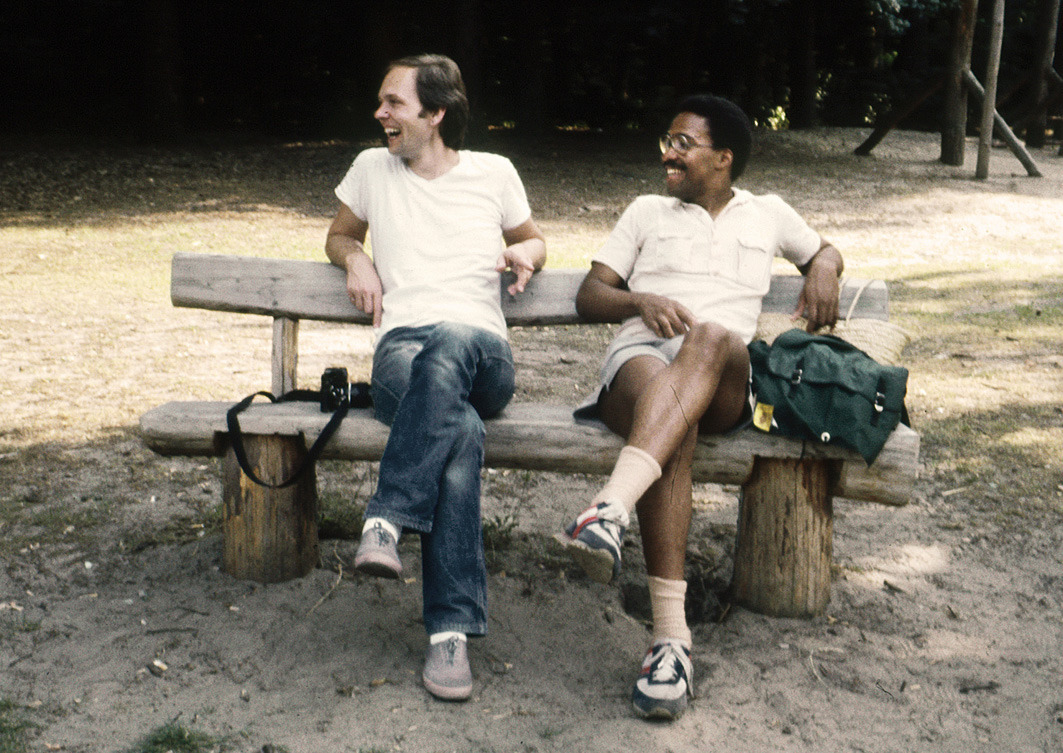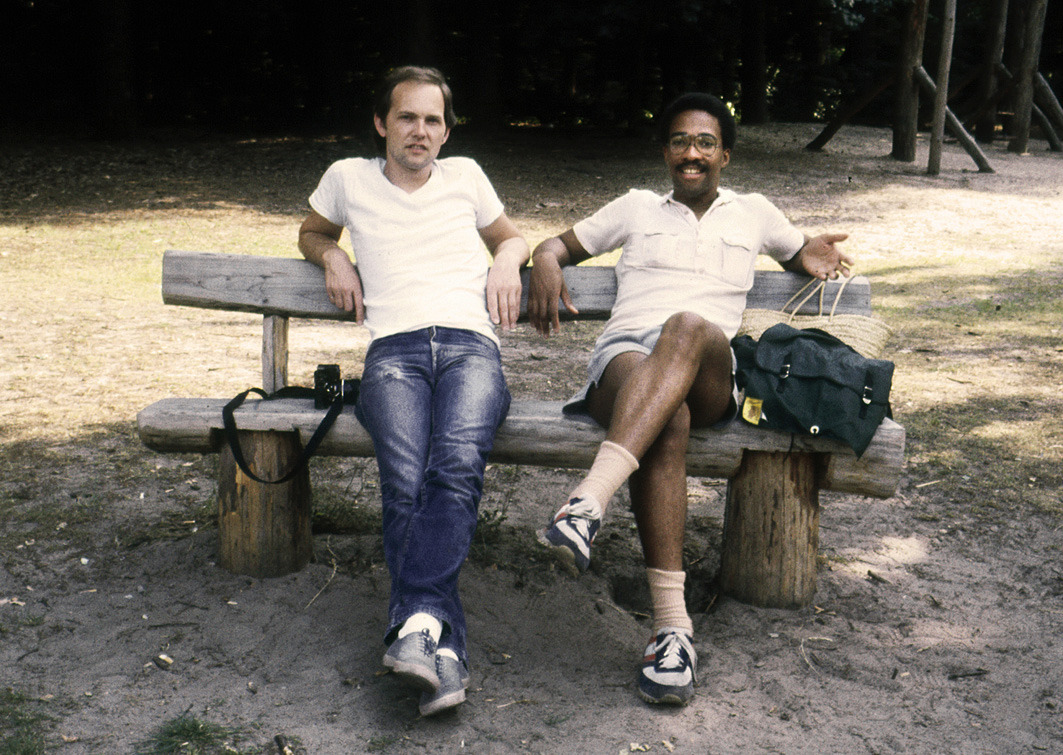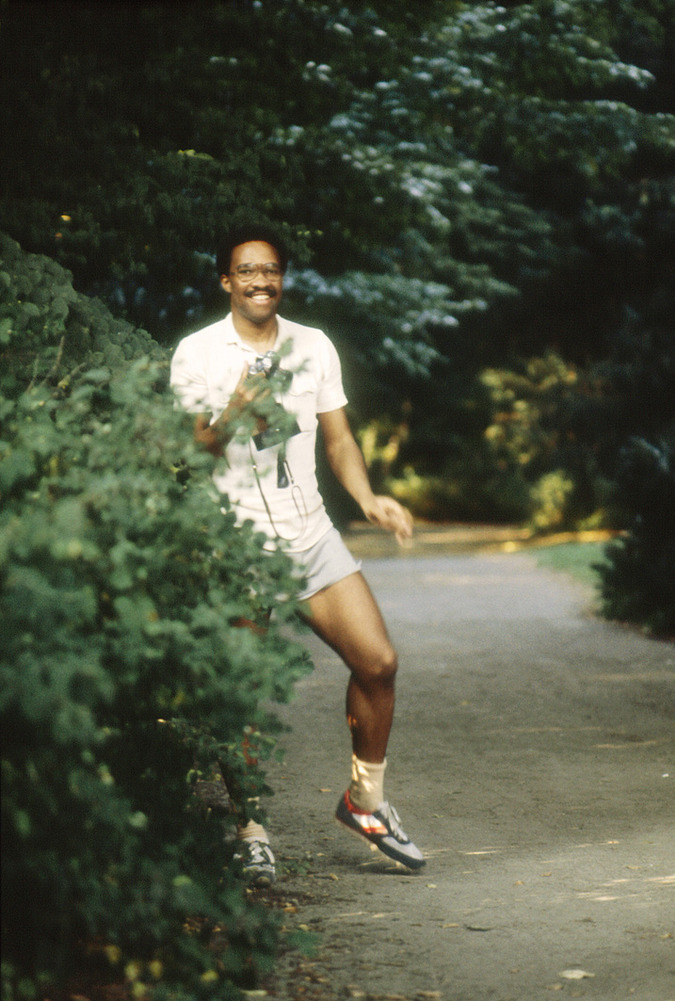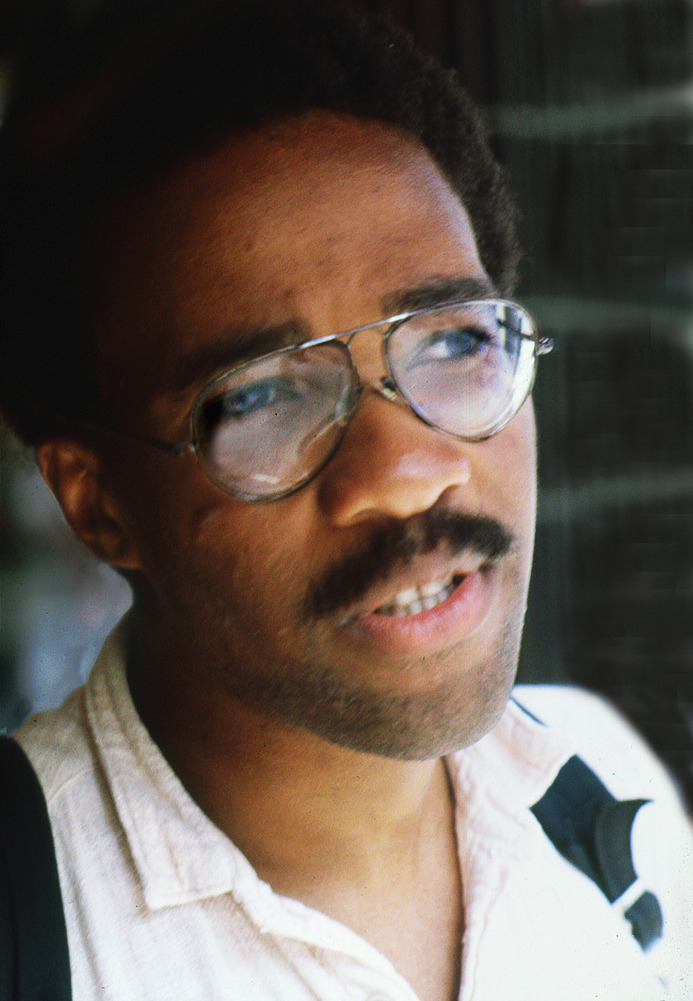

I.
-
- Poet
- Artist
- Architect
- Writer
- Journalist
- Musician
- Professor
- Philanthropist
- Banker
- Activist
- Lawyer
- Accountant
- Teacher
- Playwright
- City Planner
- Scholar
- Art Historian
- Museum Administrator
- Psychologist
- Administrator
- Diplomat
- Doctor
- Graphic Designer
- Ecologist
- Dramatic Literature
- Administrative Director
- Director
- Director of Development
- Consultant
- Interior Designer
- Publisher
- Financial Officer
- Composer
-
- Spizzwinks(?)
- Co-op
- Class Poet
- Scholar of the House
- Volleyball
- Elihu
- Phi Beta Kappa
- Yale Literary Magazine
- Yale Daily News
- Gay Alliance
- Summa Cum Laude
- Whiffenpoofs
- Russian Chorus
- Tutoring
- Skull and Bones
- Yale Political Union
- Dwight Hall
- Pi Sigma Alpha
- Silliman Chorus
- Yale Glee Club
- Book and Snake
- Yale-in-China Association
- Yale College Dramat
- Aurelian Honor Society
- Swim Team
- The Criterion Board
- The George Orwell Forum
- The Yale College Democrats
- Saybrook Dramat
- Gymna
- Gymnastics
- Cheerleading Team
- Yale College Council
- Yale Political Union
- Key Society
- Elizabethan Club
- Yale Episcopal Society Student Committee
- Manuscript
- Phi Beta Kappa
- Basketball
James Arthur Snead was a professor, fiction writer, and film critic whose academic work analyzed literary modernism and on the use of race in American film. Though he only lived until the age of 35, he left behind three published books. After his death, Cornel West called him “among the most important American intellectuals in the late 20th century.”
James was born in Queens, New York in 1953 to a family of strict Presbyterians. He attended Exeter on a scholarship, graduating cum laude in 1971. After high school, James matriculated at Yale, where he was Scholar of the House in Saybrook, completing a dissertation on James Joyce and Thomas Mann". He graduated summa cum laude in 1976 with a degree in English.
After Yale, James went to St. John’s College, Cambridge, where he completed a PhD in English in 1980 under the direction of Colin McCabe. His doctoral work became the basis for a book, Figures of Division, an analysis of race and language in the novels of William Faulkner. At Cambridge, James dated a woman named Kitty Mrosovsky, a published novelist and poet who later died of AIDS-related complications. While in England, James also pursued a career as a jazz musician, touring the country with a band of fellow graduate students; James played the electric piano.
From Cambridge, James moved to West Germany, where he did a stint in finance working at the Frankfurt branch of Chase Manhattan Bank. He was fluent in German.
James returned to Yale in the early eighties, this time as an assistant professor of English. He had been offered a job in African-American studies but turned it down because his academic focus at the time was European fiction. At Yale, he taught courses on modernism and German literature, lived on campus as a residential fellow, and served on the board of the school’s Episcopal Church. During this time, he also became interested in film, analyzing race in cinema in articles for academic journals and also in popular reviews for publication such as the Los Angeles Times.
James eventually left Yale for a tenured position at the University of Pittsburgh. An ardent Christian, he joined Pittsburgh’s Church of Calvary. He remained active and well-known in the church until his death in 1989.
He was survived by his partner, Steve White, a documentary film editor who also later died from AIDS complications. James’s brother, George Snead, along with Colin MacCabe and Cornel West, arranged for the posthumous publication of two unfinished books. Every few years, Yale hosts a James Snead memorial lecture on topics related to his work and interests.
III.
I met Jamie some thirty years ago at the cavernous and bustling Port Authority Bus Terminal in New York City. I was about to hop on the Greyhound to San Francisco, and he asked me if it was the right one. He sat next to me—in the third row on the other side of the aisle—and when we got to talking, he realized that I was German. Immediately he started speaking German, and we had a great conversation about German literature, including Brecht and others. He knew a lot—more than I did.
When he went for a pee, an old white guy sitting in front of me turned around and told me to be careful with the blacks. I should be very suspicious, he warned. A black guy talking in a foreign language can’t be any good, and sitting in the first half of the bus is bad behavior. By law, of course, blacks used to have to sit in the back seats.
After almost two days on the bus we made another stop in Rock Springs, Wyoming. The bus driver mumbled something about a fifty-minute break—or, at least, that’s what I and some American passengers understood. But he must have said fifteen minutes, because when we came back after forty minutes the bus was gone with our baggage. We had to wait two hours for the next bus, and I was more than worried about all my lost belongings.
When we arrived at the bus station in San Francisco, there was Jamie sitting on a bench with all our baggage, waiting for us. That was the beginning of a deep friendship. We met again in Los Angeles, and he visited me twice over the years in Berlin. I moved to the countryside near Hamburg in 1986 and we exchanged letters regularly. At the end of 1988 I received a letter from him with the news that he was going through a lot of medical tests because he was suffering from a possibly fatal disease. A few months later, I received a phone call from one of his close friends. She sadly reported that Jamie had passed away.
Jamie introduced me to many things, among them the recordings of Richard Pryor. Thank you for that, and rest in peace, my friend.
Professor Snead was brilliant, students said, but tough and demanding. Woe betide you if you turned in an assignment late! So when I walked into my Homer-to-Joyce literature course my sophomore year of college I expected a white-haired curmudgeon, a figure from one of those oil paintings that line Yale’s libraries and dining halls. What I found was a skinny man who looked at us with a Mona Lisa smile and bounced a little when he spoke, as if he were hearing his own private riff.
And he was young. James A. Snead was not yet 30 when I first walked into his class. At 35 he was dead.
I took three courses from him, and literature seemed to be his life. Yet there were mysteries, such as his stint as a banker in Frankfurt. How did that fit into the literary life? He wanted to know how the world worked, he said. Sometimes, he brandished the bank as a metaphor for the Real World, where deans’ excuses didn’t exist and deadlines mattered.
I once visited his room, a small suite in one of the Gothic residential colleges. It was filled with books, of course, but also records. Thousands of records. We talked about Wagner’s Tristan und Isolde. Nobody conducted it like Leonard Bernstein, he said. Those opening motifs—the silences between them stretched out forever. The tension became unendurable! No conductor, he declared, had dared hold the silences for so long. Whenever I hear Tristan, even if it’s not the prelude, I think of those silences, and of Snead.
A theme that arose often in his class was how writers try to merge and reconcile opposites, how novelists and poets enact Hegel’s thesis, antithesis, synthesis. Of course that was his own life’s project as he navigated separate worlds: Wagner and jazz, banking and poetry, gay and straight, white and black. He had a way of carrying himself so that race wasn’t able to obscure him. He was a visible man, the opposite of Ralph Ellison’s character, but it wasn’t because he acted white or avoided race. Hardly. He explained that you couldn’t understand American racial codes without seeing Birth of a Nation; he wrote that basketball is a metaphor for black life; and he expressed awe that Faulkner could write an entire novel, Light in August, without ever stating definitively whether Joe Christmas was white or black.
Leaving Christmas’s race ambiguous and unresolved, Snead told me, was as breathtaking a feat as Bernstein’s silences. Why, I remember wondering, was leaving someone’s race undefined so remarkable? The fact that I could even ask such a question shows how much the naïve suburban white boy I still was, but also how lightly Snead wore his own racial struggles. No doubt there were other black professors at Yale in the early 1980s, but very, very few. He never let us see him sweat.
I ran into him once when he was leaving a religious service at Dwight Hall. We got to talking about Shakespeare. There are problems Shakespeare can’t solve, Snead said, so he often invokes magic. We all need magic, he added. There was something wistful, vulnerable, in his voice, and it was only after he died that I wondered if he knew then that he was infected.
One of the things about James Snead, and I still do not understand this, is that he was a man who lived many different lives, but they did not necessarily overlap. When I last spoke to him, a month before his death, he had just stopped his classes, and he said that the good thing about illness was that it would give him time to finish his books. I had no idea how serious the illness was.
I first met Jamie when he came bounding into my rooms in King’s College, Cambridge at the age of 22. He was in a hurry. I mean—he was big, he was black, and he was beautiful, but much more than any of those three things, he was in a hurry. He arrived in my room running, and, in fact, he ran throughout our encounter. It wasn’t disconcerting at all—it’s just that he didn’t sit down; throughout our conversation he was running on the spot.
He was running because he’d arrived in Cambridge only to be told by the faculty that, like any other Harvard or Yale graduate, his American degree didn’t count and he now had to do a proper BA at Cambridge. And I have to tell you, James wasn’t pleased about this. In fact, I’d go so far as to say he wasn’t at all pleased. The English faculty had finally agreed that if he could find a supervisor he could do a PhD. And I suspect that he may have run through several offices before mine, and that he was preparing to run on to the next.
He thrust at me a bound volume and said, “Here’s some of my undergraduate work. See what you think.” I read his Scholar of the House dissertation from Yale, on Joyce and Mann, with astonishment and admiration. His undergraduate work would by itself have earned him a doctorate.
Years later, when I went to the Church of Calvary for Jamie’s funeral, I learned from the congregation that James had been bisexual and had died of AIDS. It was a great relief to me, because when I heard of his death I imagined that he had died alone and unloved. I was in one of the compartments that didn’t know about his sexuality or his illness, and therefore I didn’t know that he died surrounded by friends and family.
Jamie and I met as ball boys at the West Side Tennis Club in Forest Hills, Queens, the club that used to host the Nationals and, later, the U.S. Open. We were both in fifth grade. We became close friends and, over the years, we reinforced one another’s passions for tennis, classical music, and, most importantly, faith.
Jamie was born a Presbyterian, I an Episcopalian. A bible-believing Christian, Jamie would sometimes come with me to Episcopal services in New York City. When I was an undergraduate at Oxford, he would visit me and we would attend Anglican services at St. Alban’s Abbey. Later, when Jamie returned to England to pursue a degree at St. John’s College, Cambridge, his interest in the Anglican tradition grew. Music was a passion of Jamie’s, and all these institutions had great traditions of boy choristers and fine organ music.
When Jamie returned to the U.S. and got a position teaching at Yale, he became vice president of the Board of Governors of the University’s Episcopal Church. It was the early eighties, and church was struggling. Jamie called me up and said he needed a non-Yale, non-Fairfield County type to help bring that ministry to students. We ended up appointing a new chaplain, and within a year attendance skyrocketed.
Jamie was a very private man, but his faith was his rock, the underlying strength that gave fruit to his mind and his work. On Easter Sunday, 1989 —the day that Jamie died—I had no idea that he was ill. That’s how private he was. He left Yale and came to Pittsburgh and told no one about his illness. He wanted people to remember him as he was. On that day, though, I was at St. Thomas Church on Fifth Avenue, and Jamie’s spirit came to me. That’s a fact.
In many ways, Jamie was Christ-like. He had the ability to fit in into any kind of situation, cultural or intellectual. Once, when we were in middle school, I remember walking with Jamie on the Upper West Side of Manhattan. As a white boy who grew up mostly in Dutchess County, I had to be taught by Jamie how to walk in urban areas—near the street, not too close to the storefronts. I asked Jamie why people were walking in this way, which seemed menacing to me. Jamie looked at me and said, “Because they didn’t have the advantage to have the parents we had.”
I was very fortunate to call Jamie my friend. I named my son after James, and at his christening, at St. John’s Episcopal Church in Stamford, his godfather, Jamie’s own father, said, “Not only do your son and my son share the same name, they share the same birthday.” So there is a really wonderful and merciful God at work in this world. To understand Jamie, one cannot divorce his abiding faith in Jesus Christ from his body of work, because that was what made him.
When I met Jamie in 1985, the third time we met, we talked about death, of its various forms, and of the ways in which people of African descent have been on intimate terms with forms and varieties of death in the death-dodging, death-denying and death-ducking of modern civilizations, USA. Slavery itself, dreaded social death; Jim Crow, civic death; how to hate oneself, psychic death; wrestling with one’s no-body-ness, spiritual death; the death in one that must be confronted in order for any kind of freedom to flow therefrom. Echoes of Seneca: he or she who learns how to die unlearns slavery. Or even Socrates, philosophy itself, mediation on and preparation for death.
It’s important that we recognize in the life and work of Brother Jamie that he represents a new breed of black intellectual produced by a culture on the underside of modernity. And by “new breed,” what I mean is that, given his energy and the quality of his mind, he was willing to no longer confine himself to the Afro-American terrain, but rather to try to redefine the whole in light of his understanding of that terrain. When we look to his work, we see Jamie as a symbol of a new generation of black intellectuals: self-confident, no longer anxiety-ridden, no longer looking for approval and legitimacy in the eyes of their white peers, willing to flex their intellectual muscles and move in whatever directions and trajectories they choose. It was a very new movement in black intellectual life.
Jamie Snead, in some ways, is the last moment of a humanist tradition that’s mediated through a concern for suffering associated with Jerusalem. This has to be understood within this context of his Christian faith. It may have been closeted, but it was very real. Still, he never allowed it to be a blinder. He never allowed it to be a set of dogmas and doctrine such that he could not be eclectic and open to Marxism, structuralism, poststructuralism, feminism, anti-homophobic thought, and so forth. But he still knew who he was.
Why? Because he had to preserve his particular sense of himself as a person with intellectual integrity. That’s the best of the Socratic tradition. The irony is that it’s so rare that people will not connect the flat-nosed, big-lipped, huge-necked, pot-bellied, barefoot Socrates with a black intellectual, as if somehow it’s distant, as if they don’t belong together. And Jamie Snead says, I’m trying to take this Socratic vocation seriously. And I see it in Erasmus, I see it in Lichtenberg, I see it in Swift, I saw it in James Baldwin. I can read Matthew Arnold and keep track of synoptic vision and synecdochic orientation without being duped by an imperialist sensibility and still learn something. The dialectical orientation. And, of course, in the mainstream of the academy, all they’re concerned about for the most part is how many negroes we got on the roster.
The three things denied in American Pollyannaish sentimental culture and hotel civilization: denial of time, denial of the body, denial of death. Black folk put it right at the center; all we have is our bodies. We stylize our bodies in space and time because we don’t control anything else. Jamie Snead came out of this tradition, but in the most cosmopolitan sense. He was not just a young, highly smart, and clever professor who taught up until 1989 —the issues, the questions, the problematic that he wrestled with have repercussions and ramifications for each and every one of us on every corner of the globe. That’s a challenge to us, but I also hope it’s wind at our back, because I know it is for me.
